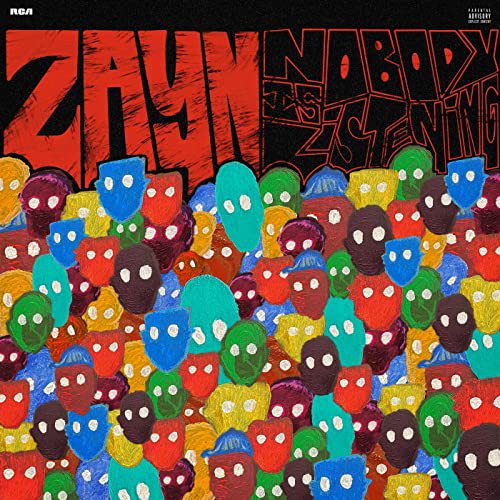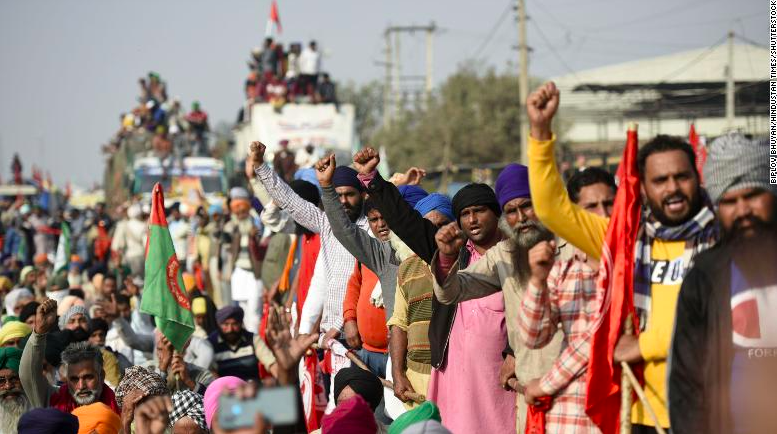We’re all immigrants here, as the saying goes. An oft-forgotten fact of history, however, tends to disagree with that saying as not everyone who came to America did so by choice. Some were brought as chattel, while others were indigenous peoples decimated by the so-called “immigrant.”
The Immigration Through The Lens of Black History event on Nov. 28th included lunch (courtesy of President Matos) and discussion concerning the ways immigration is complicated by black history. Guests were provided a timeline of immigration laws, along with a timeline of black history in the United States, and used these timelines to understand how American policies affected not only immigrants, but black people as well. There was also a set of questions on the table which were used to prompt and guide discussion among everyone. One table immediately began talking about slavery, a “forced” migration of sorts.
Daniel Kim, a junior English major, accurately summed up the situation that black people faced due to slavery: “A lot of black identity was lost and people were left to force bonds due to trauma and suffering.”
Guests were also encouraged to sit with people they didn’t know, exposing them to different, potentially unfamiliar perspectives on the issue at hand. One noteworthy moment that took place as a result of this was a word from President Matos’s Chief of Staff, Glenda R. Grace, concerning the ways black history and immigration intertwine.
As she so poignantly said, following a moment of silence around her table after reading the timelines: “What we don’t think about is that only 20 percent of people who were taken from Africa came to the United States, the rest went to South America and the Caribbean. So when people are saying “build a wall,” and hoping for the end of immigration, they are blocking brown and black people that simply were forced to a different place.”
This event comes at a critical moment, coinciding with the migrant “caravan” situation at the Mexican-United States border, and the Trump administration’s limbo reaction to immigrants seeking asylum. Pictures upon pictures of black and brown faces, crying, being struck with tear gas are flooding the news, signalling a time for Queens College students and faculty to meet and discuss not only the reality of what is happening, but the history of immigration in the United States.
Gabrielle Jean-Louis, a junior English major, thoughtfully commented on the reality of the circumstances around the United States and immigration: “It’s so easy to generalize and misunderstand how immigration works here in America, and whose stories go untold.”
It is also easy, as indicated by the subjects of discussion at this event and situations like the caravan that can be seen in the news today, to sit and talk about the injustices in this country, and continue to do nothing about them.
Overall, the event was a powerful one, and an excellent achievement for President Matos Rodriguez. However, it cannot be overstated that merely talking about immigration and black history is not nearly enough when there are still people at the border who need help, and families that are still being separated.
Perhaps through having these discussions we may bring awareness, but we also need to bring activism.














